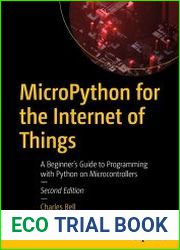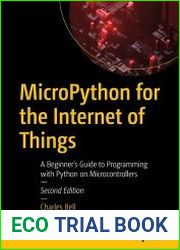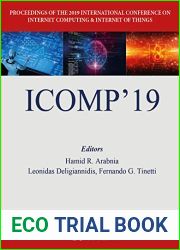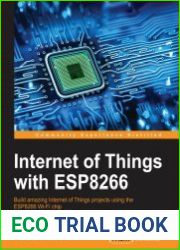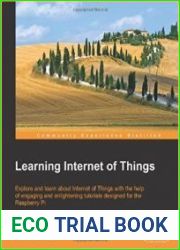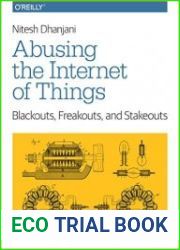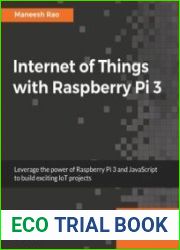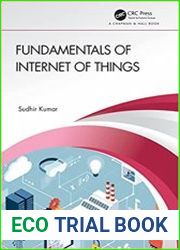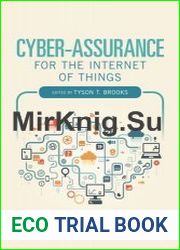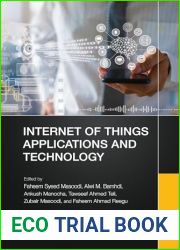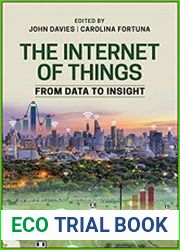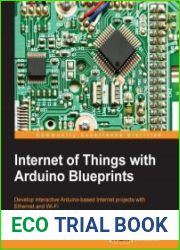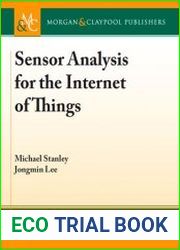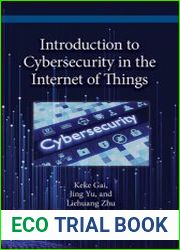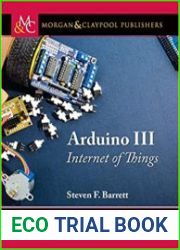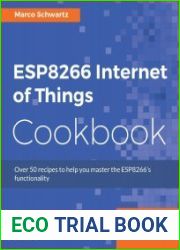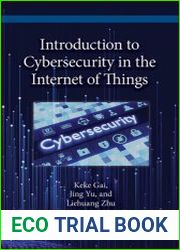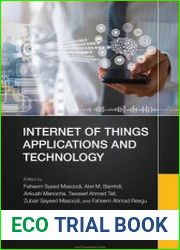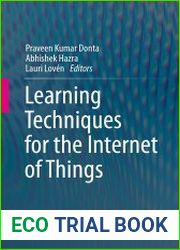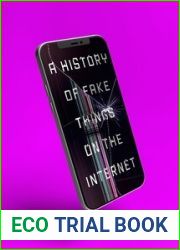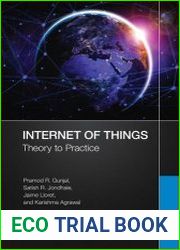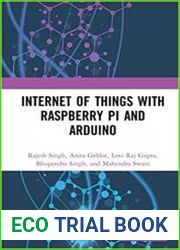
BOOKS - MicroPython for the Internet of Things A Beginner’s Guide to Programming with...

MicroPython for the Internet of Things A Beginner’s Guide to Programming with Python on Microcontrollers, 2nd Edition
Author: Charles Bell
Year: 2024
Pages: 578
Format: PDF | EPUB
File size: 26.0 MB
Language: ENG

Year: 2024
Pages: 578
Format: PDF | EPUB
File size: 26.0 MB
Language: ENG

MicroPython for the Internet of Things A Beginner’s Guide to Programming with Python on Microcontrollers 2nd Edition is a comprehensive guide that provides a step-by-step approach to learning the fundamentals of programming with Python on microcontrollers. The book covers the latest developments in the field of IoT and its applications in various industries. It also explores the potential of Python as a versatile programming language for microcontrollers and its role in shaping the future of IoT. With this book, readers will gain a deeper understanding of the concepts and techniques of programming with Python on microcontrollers and be able to apply them in real-world scenarios. The book begins by introducing the basics of Python programming and its relevance to the IoT industry. It then delves into the details of MicroPython, an implementation of Python for microcontrollers, and its features and capabilities. The author explains how to set up a development environment for MicroPython and how to write and run code on a microcontroller. The book also covers the use of libraries and frameworks for IoT applications, such as machine learning and data analysis. As the reader progresses through the chapters, they will learn about the various types of sensors and actuators used in IoT devices, and how to interface them with microcontrollers. The book also discusses the importance of security and privacy in IoT applications and provides guidance on how to implement secure communication protocols. Additionally, it covers the integration of IoT devices with other technologies like Wi-Fi, Bluetooth, and GPS. The second edition includes new topics such as the use of Raspberry Pi and Arduino boards for IoT projects, and the integration of machine learning and artificial intelligence in IoT applications.
''







